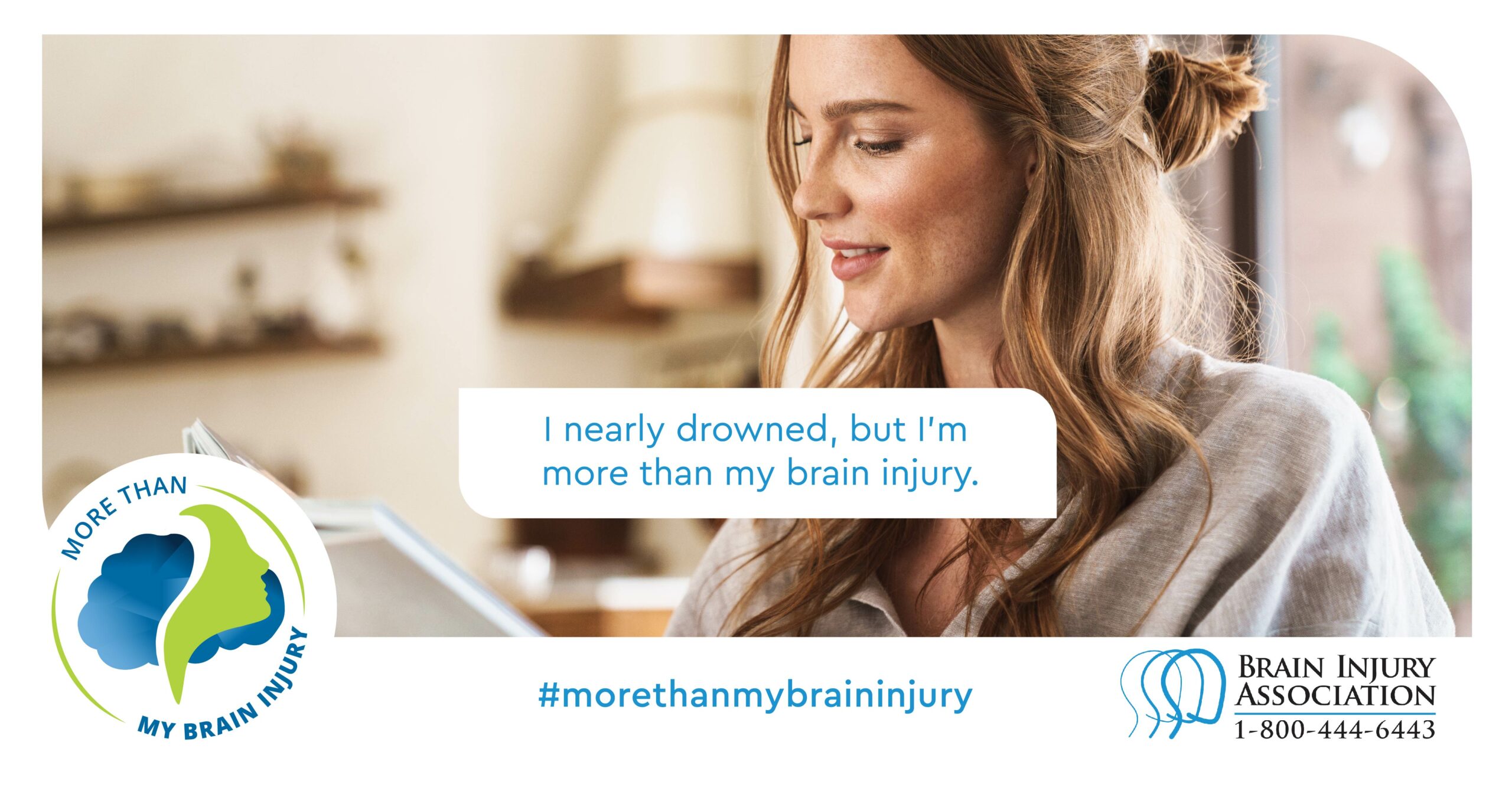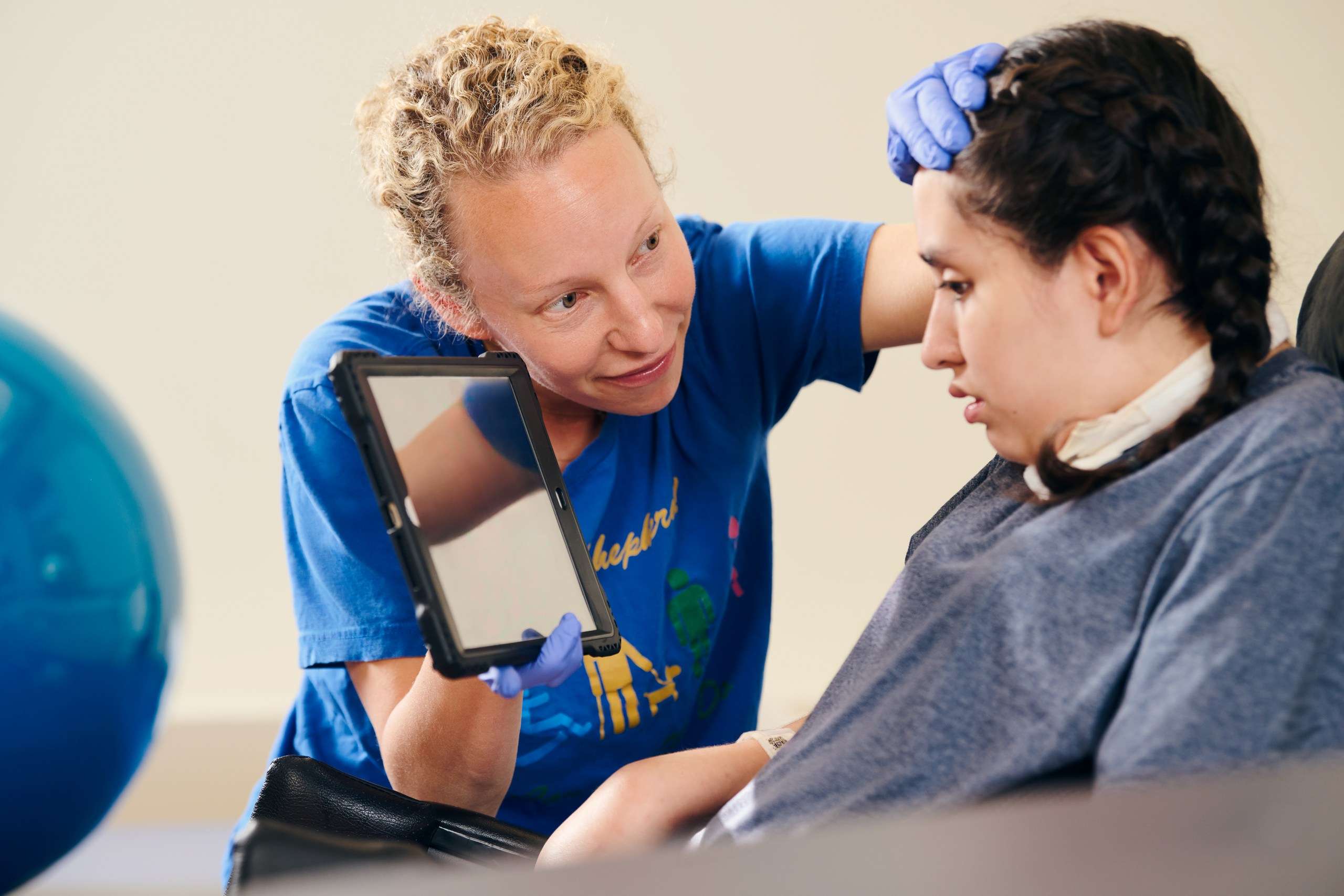Imagine this: you’re enjoying a peaceful day outside when suddenly, out of nowhere, a bee stings you. Most people shrug it off as a minor inconvenience, maybe a bit of swelling or itching. But what if that single sting could lead to something far more serious, like an anoxic brain injury? It’s not just a freak accident; it’s a medical condition that can have devastating consequences.
Let’s talk about anoxic brain injury from bee sting. This is not just another random health issue—it’s a rare but real scenario that can happen to anyone. When a bee sting triggers an allergic reaction or a severe drop in oxygen levels, the brain can suffer irreversible damage. It’s something we need to understand better, especially if you spend a lot of time outdoors or have allergies.
Now, before we dive deep into the details, let’s set the stage. Anoxic brain injuries are not as common as, say, a broken leg or a mild headache. But when they do occur, especially due to something as seemingly harmless as a bee sting, they can change lives forever. So, buckle up because we’re about to explore everything you need to know about this condition and how to protect yourself.
- Nicole Simpson Abuse Photos The Truth The Impact And What You Need To Know
- Saturn Direct In Pisces A Cosmic Shift Thatrsquos Got Everyone Talking
What is Anoxic Brain Injury?
Anoxic brain injury refers to the damage that occurs when the brain doesn’t receive enough oxygen. Oxygen is like fuel for your brain cells, and without it, they start to die off pretty quickly. In medical terms, this process is called hypoxia, and it can happen for various reasons, including heart attacks, drowning, or, as we’ll focus on here, a bee sting.
This type of injury is no joke. It can lead to memory loss, cognitive impairments, and even death if not treated promptly. The severity depends on how long the brain was deprived of oxygen and the extent of the damage. It’s like your brain going into starvation mode, and the longer it lasts, the worse the outcome.
How Does a Bee Sting Cause Anoxic Brain Injury?
Now, you might be wondering how something as small as a bee sting can lead to such a severe condition. Well, it all comes down to the body’s reaction to the venom. For most people, a bee sting is just a minor irritation, but for others, it can trigger a life-threatening allergic reaction known as anaphylaxis.
- Missing Man Found Dead The Heartbreaking Story That Shook A Community
- United Stewardess Watanabe Dies In Kayak Accident A Tragic Tale Of Adventure Gone Wrong
During anaphylaxis, the body’s immune system goes into overdrive, causing a rapid drop in blood pressure and a constriction of the airways. This can lead to difficulty breathing, which in turn reduces the amount of oxygen reaching the brain. If not treated immediately with an epinephrine injection, the lack of oxygen can cause permanent damage or even death.
Key Symptoms of Anaphylaxis
Here’s a quick rundown of the symptoms you need to watch out for:
- Swelling of the face, lips, or throat
- Difficulty breathing or wheezing
- Rapid or weak pulse
- Dizziness or fainting
- Nausea or vomiting
If you or someone around you experiences these symptoms after a bee sting, it’s crucial to seek medical attention immediately. Time is of the essence in preventing anoxic brain injury.
Who is at Risk?
While anyone can potentially suffer from an anoxic brain injury due to a bee sting, certain groups are at higher risk. People with known allergies to bee venom are obviously more vulnerable, but even those without prior allergic reactions can develop them unexpectedly.
Children, the elderly, and individuals with pre-existing health conditions like asthma or heart disease are also more susceptible. It’s like a perfect storm of factors that can turn a simple sting into a medical emergency. So, if you fall into any of these categories, it’s important to take extra precautions and carry an epinephrine auto-injector if prescribed by a doctor.
Pre-existing Conditions That Increase Risk
Some conditions make you more prone to severe reactions. These include:
- Asthma
- Heart disease
- Chronic lung conditions
- Weakened immune system
If you have any of these, it’s a good idea to talk to your doctor about how to minimize your risk of anaphylaxis from bee stings.
Diagnosing Anoxic Brain Injury
Diagnosing anoxic brain injury involves a combination of medical history, physical examination, and diagnostic tests. If someone has suffered a bee sting and subsequently lost consciousness or showed signs of brain dysfunction, doctors will likely suspect an anoxic injury.
Imaging tests like MRI or CT scans can help visualize the extent of the damage, while EEGs (electroencephalograms) can measure brain activity. These tests are crucial in determining the best course of treatment and predicting the prognosis.
Common Diagnostic Tests
- MRI (Magnetic Resonance Imaging)
- CT Scan (Computed Tomography)
- EEG (Electroencephalogram)
- Blood tests to check oxygen levels
Each test provides valuable information that helps doctors piece together the puzzle of brain injury. It’s like solving a mystery, but one where the stakes are incredibly high.
Treatment Options
Once an anoxic brain injury is diagnosed, treatment focuses on minimizing further damage and promoting recovery. Immediate interventions include restoring oxygen levels, stabilizing vital signs, and addressing any underlying conditions like anaphylaxis.
In the long term, rehabilitation plays a crucial role. This can involve physical therapy, occupational therapy, and cognitive rehabilitation to help regain lost functions. Medications may also be prescribed to manage symptoms like seizures or memory loss.
Rehabilitation Techniques
Here are some of the key techniques used in rehabilitation:
- Physical therapy to improve movement and coordination
- Occupational therapy to regain daily living skills
- Cognitive therapy to enhance memory and thinking skills
- Speech therapy for communication issues
Each person’s recovery journey is unique, and a tailored approach is essential for the best outcomes.
Preventing Bee Sting-Related Anoxic Brain Injury
Prevention is always better than cure, and there are several steps you can take to reduce the risk of an anoxic brain injury from a bee sting. The first and most obvious is to avoid bees whenever possible. Stay away from hives, wear protective clothing when gardening, and keep food covered during outdoor activities.
If you know you’re allergic to bee venom, carrying an epinephrine auto-injector at all times is a must. Educating yourself and those around you about the signs of anaphylaxis can also make a huge difference in getting prompt treatment.
Tips for Bee Sting Prevention
- Wear light-colored clothing to avoid attracting bees
- Avoid using scented products that may attract insects
- Keep windows and doors screened to keep bees out
- Remove standing water around your home
These small steps can go a long way in protecting yourself and your loved ones.
Living with the Aftermath
For those who have suffered an anoxic brain injury from a bee sting, life may never be the same. Adjusting to new limitations and challenges can be tough, but with the right support, many people find ways to thrive. Support groups, counseling, and ongoing medical care can make a world of difference in the recovery process.
It’s important to remember that you’re not alone. There are countless others who have walked this path and can offer valuable advice and encouragement. Don’t hesitate to reach out for help when you need it.
Support Systems for Recovery
Here are some resources to consider:
- Local support groups for brain injury survivors
- Online communities for sharing experiences
- Professional counseling services
- Advocacy organizations for brain injury awareness
These resources can provide emotional support, practical advice, and a sense of community during a challenging time.
Real-Life Stories: Surviving the Sting
Hearing from those who have experienced anoxic brain injury from a bee sting can be incredibly powerful. Their stories offer insight into the realities of recovery and the resilience of the human spirit. While each story is unique, they all share a common thread of hope and determination.
One survivor, John, recounted how a single sting led to a life-changing injury. “I never thought something so small could have such a big impact,” he said. “But with the right care and support, I’ve been able to rebuild my life.” Stories like John’s remind us that even in the face of adversity, there is always a path forward.
Lessons Learned from Survivors
- Early intervention is key to minimizing damage
- Rehabilitation requires patience and persistence
- Support from loved ones makes all the difference
These lessons can guide others who may face similar challenges in the future.
Conclusion: Taking Action
So, there you have it—a comprehensive look at anoxic brain injury from bee sting. While it’s a rare and serious condition, understanding the risks and taking preventive measures can make a huge difference. If you or someone you know has experienced this type of injury, remember that recovery is possible with the right support and resources.
I encourage you to share this article with others who might benefit from the information. Knowledge is power, and the more we know about these rare but life-altering conditions, the better equipped we are to handle them. Don’t forget to check out our other articles for more insights into health and wellness topics.
Table of Contents
- What is Anoxic Brain Injury?
- How Does a Bee Sting Cause Anoxic Brain Injury?
- Who is at Risk?
- Diagnosing Anoxic Brain Injury
- Treatment Options
- Preventing Bee Sting-Related Anoxic Brain Injury
- Living with the Aftermath
- Real-Life Stories: Surviving the Sting
- Lessons Learned from Survivors
- Conclusion: Taking Action
- Sharon Murphy 2024 The Ultimate Guide To Her Journey Achievements And Impact
- Hopie Carlson The Rising Star Whos Stealing Hearts In Hollywood


